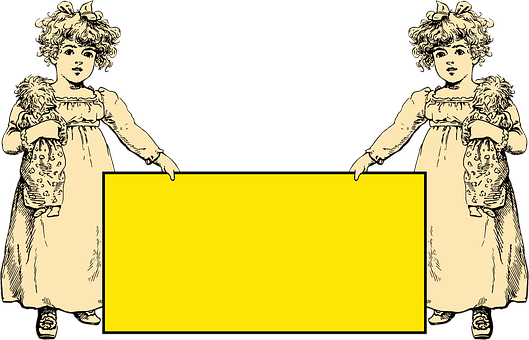Getting Tubular – Ear Tubes in Children

Getting Tubular Ear Tubes in Children
Getting Tubular Ear Tubes in ChildrenWhat are ear tubes and why would my child need them?
Each year, nearly 2 million tubes are inserted into the ears of American children.

Most parents know that middle ear infections (otitis media) are common in children and more common in young boys than girls. Pediatricians will consider ear tubes for a child when they have repeated ear infections or fluid build-up in the ears that do not go away easily or that cause hearing problems or speech delays.
Other conditions that may require the insertion of tubes include:
Malformation of the ear drum or Eustachian tube,
Down's syndrome,
Cleft palate and
Barotraumas (middle ear injury due to a reduction in air pressure).
The surgery, called myringotomy, is recommended to allow the eardrum to equalize the pressure. Essentially, a tiny incision is made in the eardrum and any fluid is removed. At this point, most pediatric doctors will insert a small plastic tube (tympanostomy tube) to keep the middle ear aerated for a period of time. These tubes remain in the child's ear anywhere from six months to several years. Eventually, the tubes move out of the eardrum and into the canal and are either removed by the doctor or fall out on their own.
Ear Tube Risks
Although common, ear tube surgery does not come without potential risks and complications which include:
Failure to resolve the ear infections
Thickening of the eardrum over time
Persistent perforation of the ear drum or scarring of the ear drum
Chronic ear drainage
Infection
Hearing loss
Another complication would be that there was a need for further and more aggressive surgery targeting the tonsils, adenoids and sinuses. Another rare complication includes a foreign body reaction, or allergic reaction, to the tube material itself.
Getting through Surgery
In most situations, the surgery is an outpatient procedure. Be sure that your child fasts from food and drink for between 6-12 hours prior to the time of their surgery.
If your child is old enough to understand what surgery is, explain the upcoming procedure. A calming and reassuring attitude will help ease your child's anxiety and most children will feel better after this procedure. Sometimes bringing a favorite toy, stuffed animal or blanket will help your little one feel a little more comfortable.
Although relatively short, the procedure typically takes between 10 and 15 minutes. Your child may be given a medication to help him or her relax prior to entering the operating room. Once inside, the anesthesiologist may use a mix of gas and intravenous medication to sedate the patient and the team will monitor him/her throughout the procedure.
Once sedated, the doctor will make a tiny incision in the eardrum through the outer ear canal. The incision is small enough that stitches are not required. Fluid will be suctioned from the ear and a tube inserted in the eardrum.
After surgery, your child is taken to the recovery room and you may be invited in as your child becomes aware of the surroundings. Your child should be able to go home once they have fully recovered from the anesthetic which usually takes less than one hour. Ear drops will be prescribed for use after the surgery.
What are the general instructions and follow-up care?
Ear drainage may occur immediately after the procedure or at any time while the tubes are in place. It is common to see a bloody discharge following surgery and yellow clear fluid or mucous may drain for several days to weeks after the surgery.
An appointment for a follow-up ear check-up should be made at your pediatric clinic 10 to 14 days after the procedure. At this visit, the position and function of the tubes will be assessed and the doctor will consult with you on follow up care.
Ear tubes (or Tympanostomy tubes) remain in place anywhere from 6 to 18 months and usually fall out on their own as the ear heals. Patients who have had this surgery should have an ear check-up about every six months during this time period and an audiogram is usually recommended at some point after the ear has healed.
http://www.articlesbase.com/medicine-articles/getting-tubular-ear-tubes-in-children-3774326.html Find The Answer - Find Acid Reflux Remedies For Children What can be Expected From Ecstasy Abuse According to a Teen Treatment Center Christening Gifts -- What To Present The Child What Every Parent Should Know About Teenage Prescription Drug Abuse Arts And Crafts Kits For Children Super Nintendo Console For Your Children Should I Enroll my Boy or Girl in the Martial Arts? Fifteen Good Techniques To Eradicate Inches Painlessly Ac Milan 0 Child Pseudo-gold Healing Your Inner Child With Hypnotherapy How To Market To Children Cheap Armani Designer Kids Cloth Fits With Your Budget Cowboy Costume Accessories - four Must Have Costume Additions For Your Child's Halloween Costume